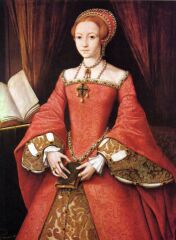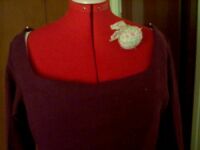
Original Simplicity 8881 bodice (right) and my altered
version (left) |
One good thing
about this draft of the pattern was the opportunity to
take in the centre back seam. The last time I used
Simplicity 8881 I discovered too late that the upper back
was too loose, which helped to allow it to slip off my
shoulders. Unfortunately I made the mistake of not making
a mock up of the pattern before I used it and by the time
I realised the fitting problem I had already (hand) sewn
the eyelets all the way down the back. I couldn't take it
from the centre back because it would change the grain
beside the eyelets allowing them to stretch out of shape.
I was also not willing to put in the effort of sewing a
new set of eyelets. I am still in the process of trying
to take the excess fabric out of the sides. To the left
you can see a side by side comparison between the
original back pattern and my modified back pattern. After
this dress was completed I discovered that taking in the
upper back had caused problems at the waistline. As you
can see in the photo, my modified pattern is much longer
at the centre back I assumed that this would simply mean
a higher back neckline, which is essentially a good thing
(it makes it harder for the straps to fall off). However
I found that it also meant that the centre back dips
below my natural waistline, which not only gives the
wrong look but also gives me a back ache, this will be
corrected when I have some spare time. |









